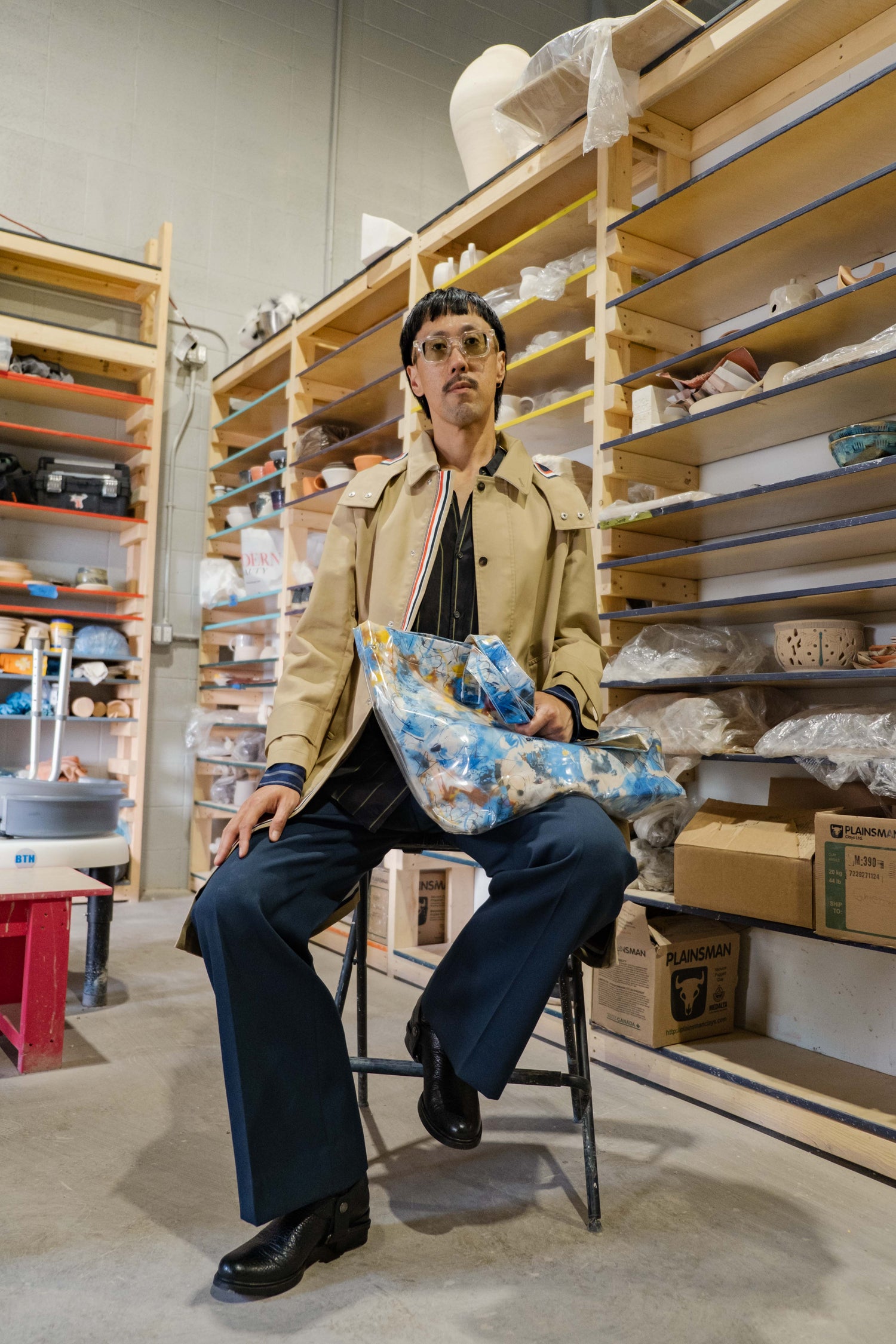Tell me a bit about your process!
It happens basically once I’m on the wheel. I know what I’m going to do roughly; I get the form more or less in the way that it should be. From there, I start to fine-tune it. The great thing is that regardless of whether I am throwing on the wheel or trimming, each stage can change. I may go in with a certain vision at first, but then what I do after might deviate from that because it feels right. So, there’s no proper way for me to say here's the start, here's the end, because I move with each piece as I'm going through the process itself.
I'm slow and I'm intentional because I want to give 100% to what I make. And I don't want to get into the world of creating just for the sake of creating,
What are some inspirations in your work?
I draw inspiration from the Japanese wabi-sabi, where the aesthetic is as it should be. It’s interesting because, while that’s a Japanese term and belief, growing up in a Buddhist household instilled in me very similar values. Things are as they are. Things come and go as they come and go. Not holding on to things.
In terms of forms, a lot of what I make is around tea culture, one of my interests.
When you say “not holding on to things”, what do you mean by that?
In the scope of pottery, it's not necessarily chasing perfection, but chasing individuality. It’s not to say that I'm letting the clay do its own thing, but I'm going in with the intention of embracing any imperfections that exist in them. If something happens, I say, “Am I okay with that? Can I work that into the piece that I want?”
I try to use that as my basis when I create. My output may not necessarily yield exact matches, but there will be some level of relation, and similarities can still exist. It’s like you and I aren’t the exact same. There may be similarities to us, but we are our own person. So, I want that to reflect in what I make.



















